The Ruff is a species of sandpiper that breeds in Eurasia. Outside of the breeding season, these birds migrate to southern Eurasia, Africa, and Australasia. During the breeding season males live up to their name. They have long fluffy feathers around their head and neck, which resembles a ruff or fluffy collar. Read on to learn about the Ruff.
Description of the Ruff
Males of this species are undeniably bizarre-looking during the breeding season. There are a wide variety of colors and patterns in the exotic feathers around this bird’s neck. Some Ruffs are solid black, solid white, mottled orange or tan, and more.
They also have tufts of feathers atop their heads, which sometimes look similar to “Mickey Mouse” ears. These birds are around a foot long, and weigh about five ounces on average.
Interesting Facts About the Ruff
These birds are interesting before you even learn anything about them! Not only are they strange looking, but they also have a number of other unique traits and behaviors. Learn more below!
- Ruff – During the 16th and 17th century, a popular fashion among humans involved wearing large poufy collars, known as ruffs, around the neck. Because these birds have similarly flashy neck gear, it is only natural that people named them the same!
- Lekking Awesome – Just like the sage grouse, these birds perform mating rituals at a specific area known as a “lek.” Numerous males congregate at the same place every year, and compete with one another for the attention of females. They dance around with their neck feathers fluffed out, and try to look more impressive than the other males.
- Single Moms – Because the males are too concerned with impressing as many females as possible, they do not participate in the care of the chicks. After mating, the female goes off on her own to build a nest, incubate her eggs, and raise her chicks. Essentially, they are super moms!
Habitat of the Ruff
Ruffs live in a variety of different habitats based on the season. During the breeding season they utilize marshes and flooded grasslands or meadows. They also inhabit scrubland, wetlands, and estuaries or deltas.
These birds also live in flooded pastures and farms, and one of their favorite habitats are rice paddies. These birds usually return to the same breeding and overwintering grounds, and they even use the same stopping points while migrating.
Distribution of the Ruff
During the spring and summertime, these birds live across a wide expanse of Eurasia. They breed along the northernmost portions of Europe and Russia.
Outside of the breeding season different populations migrate to different regions. Some migrate to other areas in Europe, or along the coasts of India and the Middle East. Others migrate into sub-Saharan Africa, Australia, and the surrounding islands.
Diet of the Ruff
Like most sandpipers, Ruffs wade through shallow waters, or walk along the edges of water bodies in search of food. They utilize two different feeding methods. Some birds probe their beaks into the mud in search of potential food sources, while others actively run and chase after prey.
These birds are omnivores, and they feed on both invertebrates and seeds or berries. They eat flies, frogs, small fish, beetles, snails, spiders, worms, and more.
Ruff and Human Interaction
Humans have hunted these birds for hundreds of years. Across their entire range, humans have eaten these birds, sometimes as a delicacy. They also hunted them as trophies and stole eggs from their nests.
Habitat destruction, pesticides, and pollution also caused population decline in this species. Thankfully, despite population decline these birds still have strong numbers. The IUCN lists this species as Least Concern.
Domestication
Humans have not domesticated Ruffs in any way.
Does the Ruff Make a Good Pet
No, these birds do not make good pets. They are wild birds, and are not friendly towards humans. In most places, it is illegal to own one as a pet.
Ruff Care
Little information about caring for these birds in zoos is available. However, we can assume that their care is similar to that of other sandpipers.
Their enclosures must have shallow water for them to wade and forage through, along with a variety of vegetation to hide in. Zookeepers feed a diet similar to their wild counterparts, such as crickets, mealworms, small fish, shrimp, and more.
Behavior of the Ruff
Ruffs migrate in large numbers to their breeding grounds in the spring and their wintering grounds in late fall. In the wintering areas, these birds remain in small flocks and forage together. They are active during the day and at night.
On the breeding grounds, males congregate in competitive groups until breeding season is over. Females mate with the most impressive male, and then move off alone to lay their eggs and raise their chicks.
Reproduction of the Ruff
After mating, the female leaves to build her nest. She builds the nest on the ground by scraping a shallow indent and lining it with grasses. Most clutches contain around four eggs, and she incubates them for about three weeks.
Once the chicks hatch they begin flying when they are just one month old. After they fledge, the chicks quickly become independent.




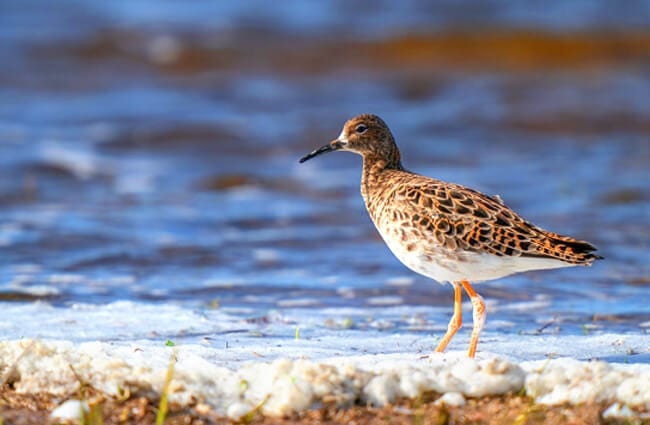

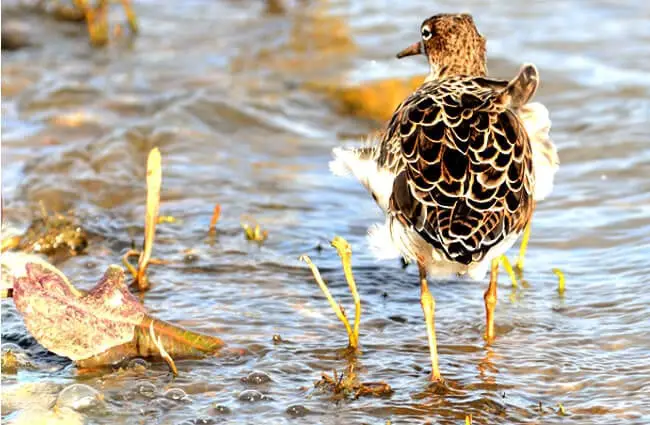

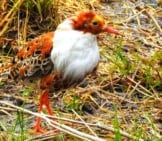
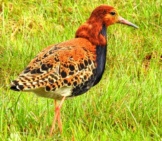
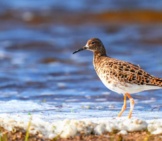

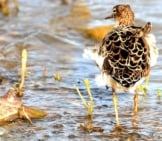
![Red Angus Closeup of a beautiful Red Angus cowPhoto by: U.S. Department of Agriculture [pubic domain]https://creativecommons.org/licenses/by/2.0/](https://animals.net/wp-content/uploads/2020/03/Red-Angus-4-238x178.jpg)












![Red Angus Closeup of a beautiful Red Angus cowPhoto by: U.S. Department of Agriculture [pubic domain]https://creativecommons.org/licenses/by/2.0/](https://animals.net/wp-content/uploads/2020/03/Red-Angus-4-100x75.jpg)

